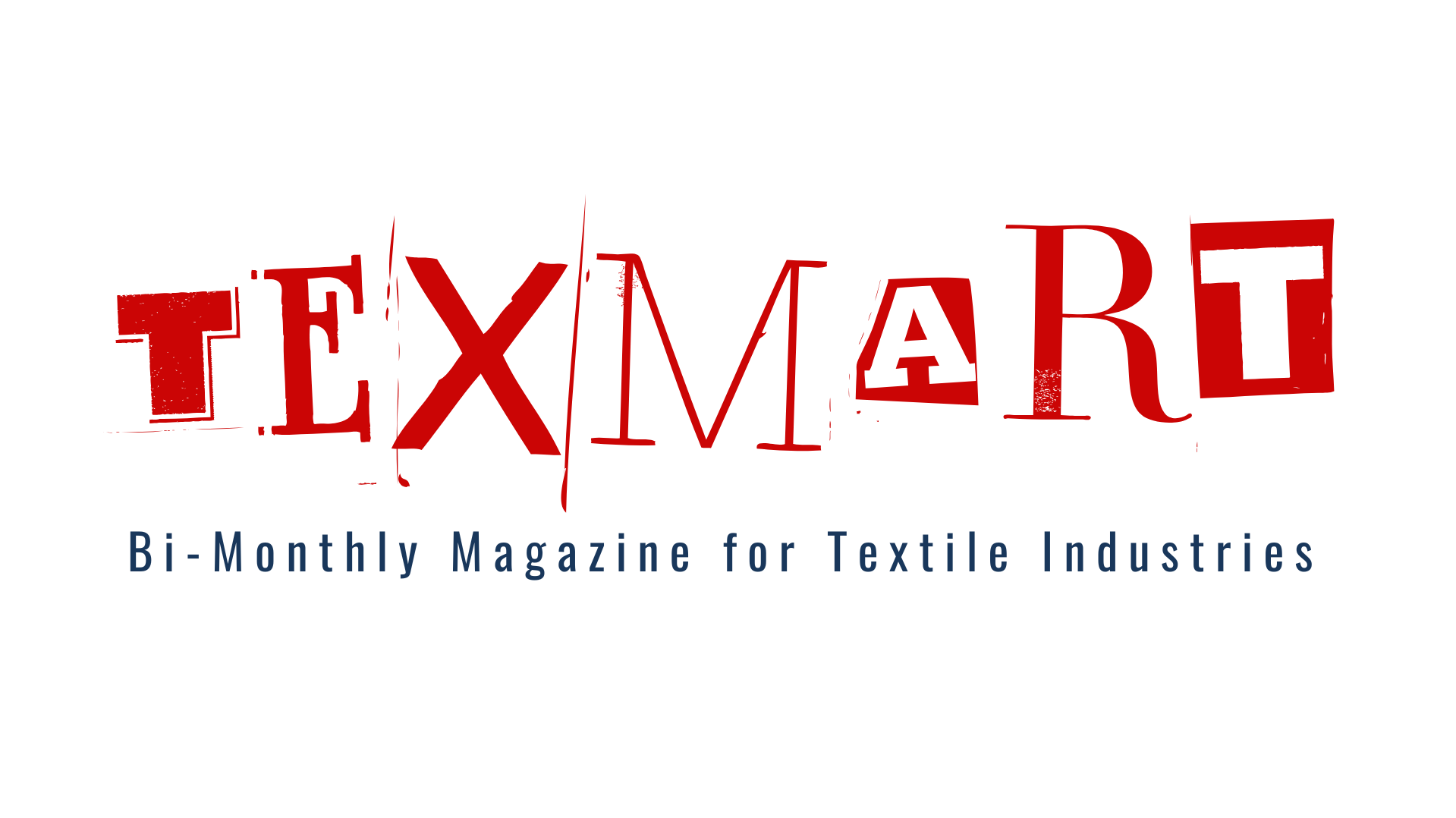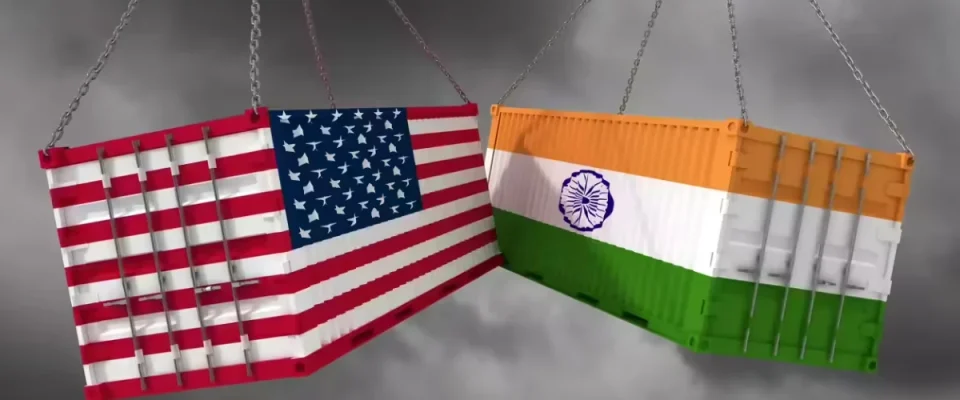Trade talks between India and the US are in the final stages. If the deal is signed, the tariff on Indian exports to the US could be reduced from the current 50 percent to 15-16 percent, Indian economic daily Mint reported, citing government sources.
India’s Chief Economic Advisor (CEA) V. Anantha Nageswaran has expressed optimism that the long-standing tariff dispute between the two countries can be resolved within the next two months. “I am hopeful that at least the additional punitive duty of 25 percent will be withdrawn within the next one-two months,” he said at an event organized by the Indian Chamber of Commerce in Kolkata.
He added that talks are also underway to reduce the mutual tariff rate from 25 percent to 10-15 percent, which if implemented would be considered an “even bigger achievement”.
The proposed trade deal is likely to be announced at the upcoming ASEAN summit, where US President Donald Trump and Indian Prime Minister Narendra Modi are likely to meet. Although their presence has not yet been officially confirmed. The talks are being led by India’s commerce ministry, external affairs ministry and the office of the National Security Advisor (NSA).
The US is currently India’s largest export destination, with India exporting goods worth $86.51 billion in 2024-25. Despite the impact of the tariffs, India has already met its 50 percent target for exports to the US, Nageswaran said.
If this happens, Indian exporters would be significantly more competitive in the US market. If tariffs are reduced, US brands (such as Gap, Walmart, Target, PVH) will turn to Indian suppliers more. International apparel brands will be interested in expanding their Indian manufacturing facilities. Because it will be possible to export directly to the US market at lower tariffs.
On the other hand, Bangladesh is currently one of the top 3 countries in garment exports to the US. If India’s tariffs are reduced, the price of Indian garments will decrease compared to Bangladeshi products. Bangladesh (especially in sectors not yet eligible for GSP) faces 15–20% tariffs, whereas India will move forward with “Most Favored Nation” (MFN) status if tariffs are reduced.
News Courtesy : Textile Today

